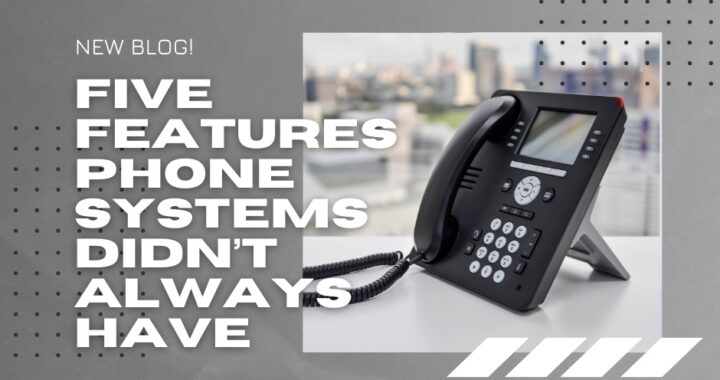Getting the Technology You Need (and Avoiding Killer Robots, etc.)
Science fiction has an entire (arguably dominant) subgenre of stories about technology that has gone too far. Think Terminator, Blade Runner and most recently, Severance. Severance follows the story of employees at a fictional corporation who have had their work self “severed” from their home selves through a microchip neural implant. Like its sci-fi predecessors, the tech leads to unexpected problems developing,
While thought-provoking, dramatic and entertaining, in your daily life, too much technology is far more likely to run the risk of being useless or too costly than it is to cause you any real danger.
Either way, just because you have the technological ability to do something, doesn’t mean that you should.
So how do you cut through the noise and not get distracted by bells and whistles? How do you make sure that the tech you buy is the tech you need?
Tech That Can Do It All
These days you can purchase equipment and software to do everything from making your coffee to texting appointment reminders to your customers. It’s hard for anyone to these features aren’t cool but there are people who need both, either or none.
Bells and whistles are often what sells a product, but I’ve been effusive about what’s more important is the dependability of your technology providers.
To use our examples, text appointment reminders are great if you’re a dentist but maybe less so if you’re a retail store manager. Likewise, cell phone integration for your telephone system is perfect for sales reps but probably not something you want if you’re in the medical field.
You need to make sure that the features you are looking at aren’t just “cool” but useful to your business. But getting the technology you need doesn’t have to be tricky.
The Process of Getting the Technology You Need
When you’re getting ready to make a new high or low tech purchase for yourself or your company it’s important to go in with a plan to make sure that you don’t get dazzled.
To do this I recommend, 3 things – 1) Figure out your priorities, 2) set an agenda, 3) make sure that the features or gadgets you’re paying for is solving a problem, and if you’re paying for something you didn’t plan for, check your cost to benefit ratio.
Setting Priorities
When it comes to your priorities, if you have initiated the conversation or the search for a solution, you probably have a good idea of what your priorities are.
For example, if you are looking to get a new telephone system, you probably have a reason.Do you want a certain new feature? Are you trying to save money on your monthly bill? Is your old equipment malfunctioning?
Whatever your reason for buying, keep it in mind. It helps you to not get distracted by the razzle-dazzle.
Don’t get so excited about a new feature that you miss out on getting the technology you need.
Set an Agenda
Once you know what your priorities are, you can set your agenda.
Write down what you want. Have an idea in mind for what you’re willing to pay for it.
You may want to do a cost benefit ratio. How much time/money will a new feature save you? If money is your primary motivator it’s easy to see whether the money saved will be worth the upfront money you spend.
For example, newer telephone systems can save money on your monthly bill by routing calls to go over the internet. So the question is, how much money will it save you monthly and how long will it take the upfront installation cost to pay itself off.
Here’s another example:
Call recording is a great way to catch problems between employees’ interactions with customers.
If you’re getting a system for a feature like call recording, ask yourself how much money you lose if an employee botches a customer transaction. Then figure out how many botched transactions it would take to pay for call recording.
Solving a Problem? Cost/Benefit Ratio
If something new is presented to you beyond your priorities, ask yourself “does the new feature solve a problem?”
It wasn’t one of your priorities. Should it have been?
If not, the question once again comes down to cost vs benefit. As they say, is the juice worth the squeeze?
Just because you didn’t think you needed something doesn’t mean it doesn’t have value. In fact a good salesperson with your interest in mind will tell you about features you hadn’t considered that will solve problems you didn’t realize you could solve. But you absolutely should make sure it does have value beyond the dazzle factor.
So how do you make sure you are getting the technology you need?
You make sure it solves a problem and that solving that problem is worth more than the cost of the tech.
And ideally, make sure whatever you buy won’t somehow develop into killer robots that want to destroy mankind.




